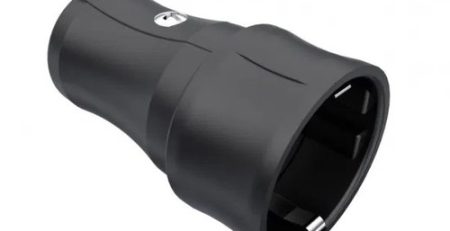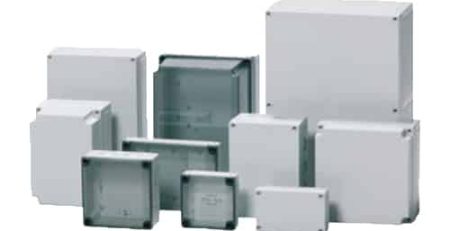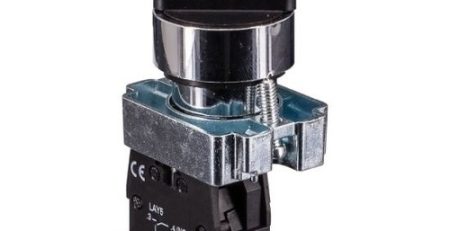The Pros and Cons of Low Energy LED Lighting
For most people, probably the biggest single factor against low energy LED lighting as a substitute for the soon-to-be-phased-out regular incandescent light bulb is the cost differential. There is no doubt that an LED equivalent light bulb (for example a 6w LED spotlight as a direct replacement for a 35w GU10 halogen lamp) is significantly more expensive than either the original or a CFL alternative.
There are however three important points to bear in mind about the higher price for low energy LEDs as compared to incandescent and energy saving CFL light bulbs.
First, the price difference reflects the fact that the use of LED for general purpose domestic lighting is still quite novel, though increasing manufacturing levels and consumer take-up will drive the price down dramatically once both come fully on stream over the coming months.
Second, and partially related to the observation above, is that the cost of LEDs drops by a factor of twenty over the course of each decade. This characteristic is reliably predicted by Haitz’s Law (very similar to Moore’s Law for computer chips and for similar reasons, principally because LEDs are, just like computer chips, pure electronic devices). Haitz also states that LED performance (amount of light per watt of electricity) increases tenfold over the same decade.
Third and perhaps most intriguing is the fact that as far as the cost of domestic lighting is concerned, the price of light bulbs is almost entirely irrelevant. It is an extraordinary yet easily provable fact that even if regular light bulbs were totally free and LED lights cost, let’s say something outrageous like $80 each, it would still be vastly more economical to purchase LED low energy lights.
The reason for this is simple: the cost of electrical lighting is the cost of the energy i.e. electricity. It matters not one jot what the actual light bulbs cost; it’s what it costs to run them that really counts. Also, since LEDs last for tens of thousands of hours (in practice, decades of use) you only need to pay the purchase price once, unlike regular bulbs which last only upto two thousand hours or just over one year.
The second biggest gripe about low energy LED lighting is light levels and quality, or in technical parlance luminosity and light color.
The concern about luminosity stems largely from historical notions of LED lighting applications such as LED Christmas lights and pocket torches which are clearly not capable of providing anything close to useable domestic lighting. However, you could right now purchase one of the latest Sharp Zenigata LED series of light bulbs which is rated at 80 lumens per watt (measure of luminosity).
To understand what this means, consider that a standard 40w incandescent bulb delivers about 360 lumens and a 60w bulb about 540 lumens, which gives a ratio of 9 lumens per watt. Anything that offers greater than 25 lumens per watt can be classed as an energy saving light bulb. Zenigata LED light bulbs consume 6.7 watts and thus produce 6.7 * 80 lumens per watt which is 536 lumens, on a par with the standard 60w incandescent light bulb.
So you could, right now, replace all your 60w light bulbs with Zenigata LED light bulbs rated at 6.7 watts and consume 1/10th (or 90% less) electricity. And remember Haitz’s Law? Because of performance improvements, eighteen months from now you should be able to obtain the same 60w worth of lighting from just 3 watts.
LED light, in common with CFLs, has tended to be a somewhat cool blue colour, whereas we are more accustomed to a warmer yellow white colour. This is something that is now commonly addressed with the use of colored phosphors (these do reduce luminosity but this is in turn compensated for by the ever increasing lumens per watt yields for LEDs).
The third factor that might be considered to weigh against low energy LED lighting is that the light emitted by an LED is intrinsically directional and doesn’t scatter in all directions the way that incandescent and fluorescent lights do. This is actually quite acceptable in a spotlight, flood light or bright reading lamp, but it’s not especially effective for emulating general ambient lighting such as a table lamp would provide. Though again, there are LED powered general lighting light bulbs becoming more commonly available that do a reasonable job here.
Two obvious plus points for low energy LED lighting are ease of retrofit and ecological credentials (other than simply saving energy).
LED lights are widely available for all common base fittings such as mains powered GU10 and 12v MR16 spotlights and the low energy standard base GU24 as well as regular bayonet mounts and Edison screw fittings. LED lights also don’t suffer from the many inherent problems associated with CFLs such as: noticeably poor start-up times; reduced lifespan caused by frequent switching on and off; and bulky unattractive bulbs.
But perhaps one of the most widely known advantages of low energy LED lighting over energy saving CFL light bulbs is that they don’t contain toxic mercury vapour or other unpleasant materials, and thus do not pose a serious health risk or require tiresome and expensive disposal procedures to protect the environment.
To sum up, the main perceived disadvantages of domestic energy saving LED lighting are cost and application (luminosity and color). Yet as we have seen, the cost of a light bulb is actually a red herring – the true cost of electrical lighting is the price of electricity and on this score ultra low energy LED lighting puts everything else, including energy saving CFLs, completely in the shade (pun intended).
As regards luminosity and light quality, LED lights on balance deliver a cleaner, sharper light than CFL light bulbs and offer far more flexibility in terms of color choice and brightness.
Finally, the biggest advantage that low energy domestic LED lighting has over its rivals is that the lighting industry itself regards domestic LED lighting as the future and can barely disguise its contempt for CFLs. Lighting giants such as Philips are on record as stating that they will not invest a single dollar further into CFLs and that their entire research and development efforts are now directed at domestic LED lighting technology.
Those who follow eco-technology trends are well aware that there is a world-wide phase-out of incandescent light bulbs already well underway and scheduled to complete within the next couple of years. Given international legislation to ban incandescent lighting and lack of support for the already dated and unloved CFL, it’s near certain where the future of lighting lies – with low energy LED light. And as advantages go, I’d say that one’s pretty compelling.









Leave a Reply
You must be logged in to post a comment.